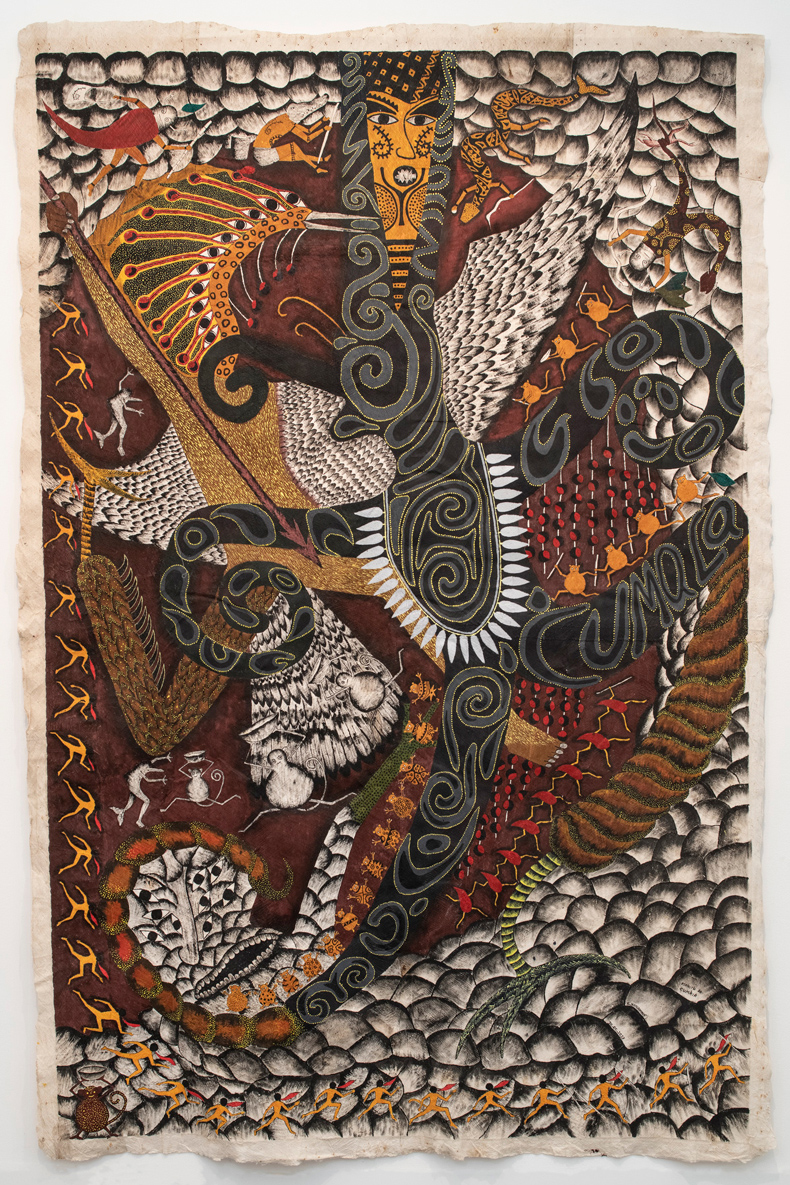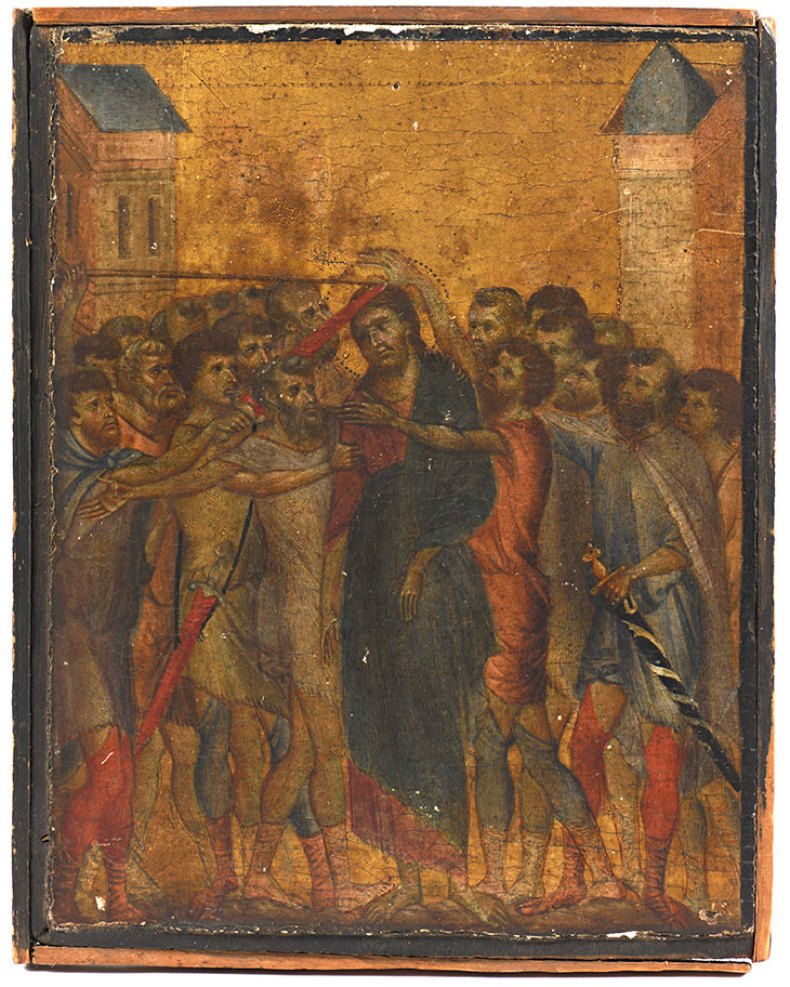A round-up of the best works of art that have recently entered public collections
Museo del Prado, Madrid
Venus and Cupid (16th century), Giovanni Bandini
Giovanni Bandini was one of the leading figures of the Tuscan art world during the late 16th century. Earlier this year his sculpture Venus and Cupid was declared an Item of Cultural Importance by the Comunidad de Madrid and has now been purchased by the Museo del Prado. The work was originally owned by the Spanish poet Juan de Arguijo (1567–1623) and is thought to have inspired many visitors to his house in Seville – including the playwright Lope de Vega, who makes reference to sculpture’s arrival from Genoa in one of his poems.
Venus and Cupid (16th century), Giovanni Bandini. Museo del Prado, Madrid

Tate, London
Nine works purchased from Frieze London 2023
Each year the Frieze Tate Fund provides a selection panel of both Tate curators and international curators with £150,000 to purchase works from the fair for Tate’s collection. Since Frieze launched 20 years ago, more than 160 works by over 100 artists have been acquired. Nine works were purchased this year, including four sculptural pieces by Adam Farah-Saad, a series of five prints by Tessa Boffin that will feature in Tate Britain’s forthcoming ‘Women in Revolt!’ exhibition, and Santiago Yahuarcani’s large-scale painting on barkcloth The Spirit of the Camala.
The Spirit of the Camala (2023), Santiago Yahuarcani. Photo: Tate; © the artist

Cleveland Museum of Art
The Dutton Family in the Drawing Room of Sherborne Park, Gloucestershire (c. 1772), Johann Zoffany
The Dutton Family in the Drawing Room of Sherborne Park, Gloucestershire (c. 1772) by Johann Zoffany is the latest of the painter’s conversation pieces to join a public collection; it had remained in the family’s collection for more than 150 years. The painting belongs to the genre of group portraits that were especially popular during the 18th century among the newly wealthy middle class. It captures an intimate moment between the Dutton children and their parents as they play cards by the fireside, dressed in mourning following the death of a loved one. Of course, Zoffany also set captures the fashionable interior of their home.
The Dutton Family in the Drawing Room of Sherborne Park, Gloucestershire (c. 1772), Johann Zoffany. Cleveland Museum of Art

Stourhead, National Trust
Penelope and Euriclea (1773), Angelica Kauffman
The Swiss painter Angelica Kauffman only spent 15 years in England, but during that time became an influential figure in the 18th-century English art scene and one of only two female Founder Members of the Royal Academy. Henry Hoare II (1705–85), creator of the landscape garden at his family’s estate of Stourhead in Wiltshire and an avid art collector, was among the many admirers of Kauffman’s work; in 1773 he purchased her Penelope and Euriclea (1773) for the house’s Skylight Room, where the painting remained until 1883, when it was sold at auction. The work stayed in private hands until earlier this month when it was returned to Stourhead for the first time in 140 years, thanks to support from the National Trust fund and a member of the Hoare family.
Penelope and Euriclea (c. 1770s), Angelica Kauffman. © National Trust

Louvre Museum, Paris
The Derision of Christ, Cimabue (c. 1251–1302)
The panel painting The Derision of Christ (c. 1251–1302) numbers among some 15 works attributed to the Italian painter Cimabue, most of which are frescoes. This work, formerly in private hands, belongs to a group of panels from which only two other examples are now known – one in the Frick Collection in New York and the other at the National Gallery in London. It joins the Louvre’s Cimabue masterpiece Maestá (c. 1280), which is currently undergoing conservation work; the two paintings will be the subject of an exhibition at the museum in 2025.
The Derision of Christ (c. 1251–1302), Cimabue. © Actéon



